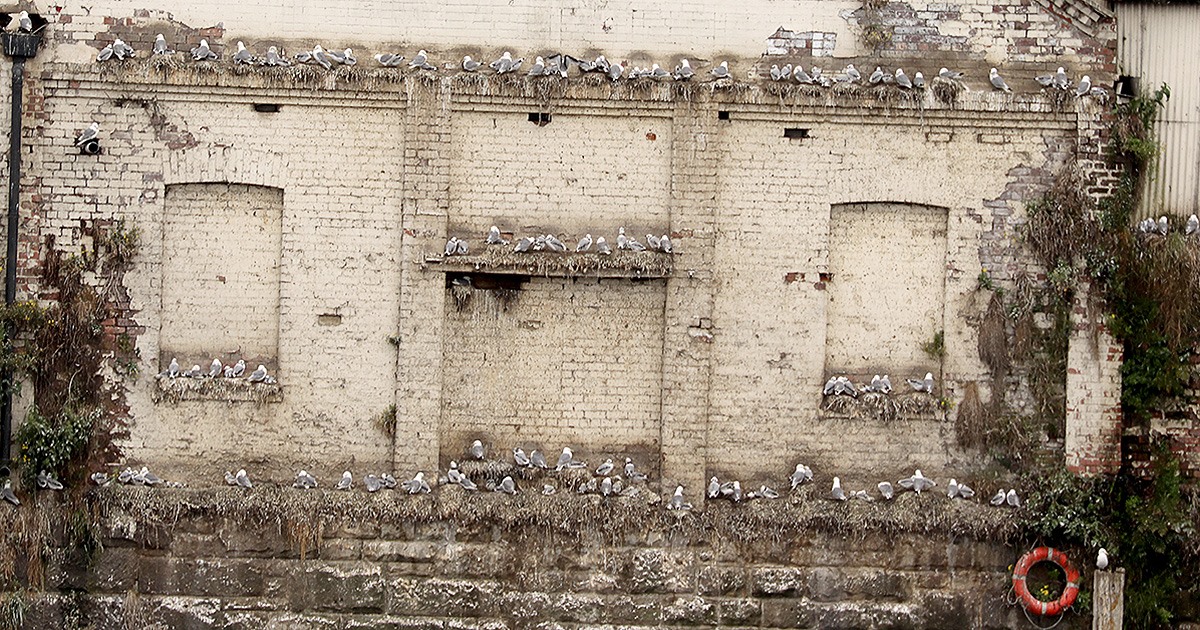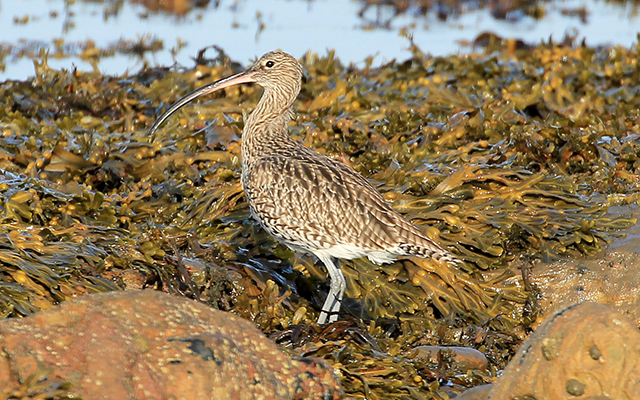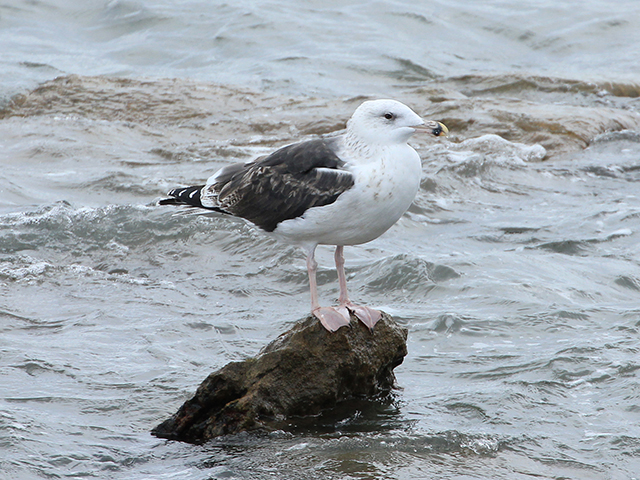 Akzo Nobel – Tyne Kittiwakes
Akzo Nobel – Tyne Kittiwakes
Up to 262 pairs of Kittiwakes nest on Akzo Nobel International Paints in Felling on the Gateshead side of the River Tyne.

During the spring and summer months, hundreds of Kittiwakes return to nest on
» Akzo Nobel International Paints in Felling. This is the third largest colony of Kittiwakes along the River Tyne which can be easily viewed from Walker Riverside Park in Newcastle. Kittiwakes are coastal Gulls, and don’t usually nest inland, so this rare event is treasured and celebrated. As a » red-listed species, every effort is needed to help support their breeding, especially at this time where Kittiwake populations are showing a declining trend across the world.
“The colony of Kittiwakes that use the buildings on Akzo Nobel International Paints in Felling, Gateshead experienced some changes during the 2024 season, as the owners of Akzo Nobel for reasons such as Health & Safety attempted to relocate a portion of the nesting Kittiwakes”.

New ledges for Kittiwakes to nest on
on Akzo Nobel International Paints
Photo by Lophophanes
New ledges were installed by the owners. It is important to note this remains a
green-flagged location where Kittiwakes are welcome to nest and the owners of the building are helping to support the Kittiwakes. Their empathy and hard work is very much appreciated; especially by the Kittiwakes themselves.

Kittiwakes in the
River Tyne
by Mark Leith
The colony on Akzo Nobel, remains one of the oldest along the Tyne, and has hosted between 114-262 pairs over the past two decades. The adjacent riverside could be considered an ideal location to construct some artificial cliffs, which could be used by the Kittiwakes. Facilities could also be enhanced at the local riverside parks to encourage more wildlife to flourish in the area. The legacy from what was once the capital of ship building in the WHOLE world; has left substantial areas of riverside habitats along the River Tyne contaminated. A variety of projects surfaced over a decade ago to help clean up some areas, however any monies quickly vanished as the international economy started to struggle. » Riverside Park in Walker is one such site, which could benefit enormously from what was originally promised to help restore and » rewild.

Other species of Gull can also be found along the riverside; including the largest UK species the
Greater Black-backed Gull. Black-headed, Herring and Common Gulls are also present throughout the year. If you are very lucky less common species such as Caspian, Glaucous, Iceland, Mediterranean and Yellow-legged Gulls can be found on rare occasions. At this time we are not aware of any Little Gulls being recorded, but this is also possible and worth looking out for.

Walker Riverside Park
“An important riverside habitat
adjacent to large wildlife corridors”
» Walker Riverside Park can be found between St Peter’s Basin and the Ouseburn to the west; and Wallsend to the east. The riverside habitats along the Tyne are home to a wide variety of wildlife all year round. The site has inherited some pollution from its industrial past and needs more restoration. The park can be enjoyed by bike, using a cycle path which extends from St Peter’s Basin to Wallsend. There are also paths which travel close to the river and deep into the park itself. It takes a couple of hours to fully explore the park.

“A riverside habitat rich in wildlife all year round“
A Curlew
by Paul Buskin
Once a hotspot for industry, Walker Riverside Park has evolved into a wildlife haven, since the early 1980’s. Over the past three decades, species such as Common Tern, Cormorant, Curlew and Redshank are now less common, whilst new species have started to visit such as Grey Heron and Little Egret. There have also been coastal visitors such as Common Scoter, Eider, Guillemot, Long-tailed Duck, Red-breasted Merganser, Rock Pipit and Turnstone in recent times, as weather patterns and changes in food availability have changed where birds visit choose to feed. Many of these records have occurred during the autumn and winter months, whilst the Tyne Kittiwakes are far out at sea.
“What are these coastal species feeding on; and will our climate continue to change?”
As the records become more frequent, and individual records, grow to small groups, there is a clear sign that the distribution of these coastal species is changing.

Common Terns were once upon a time present daily during the spring/summer months; with over a dozen present in the day time hours. These elegant terns still come to visit, but in smaller numbers, and often from nearby ponds such as Wallsend Swallow Pond or Killingworth Lake to feed.
A Greater Black backed Gull
by Paul Buskin
Other birds to watch out for include a variety of Warblers in the spring and summer months, which include Whitethroat and Lesser Whitethroat; Bullfinches, Ring necked Parakeets, Peregrines and Sparrowhawks. As the seasons clock turns to autumn and winter Redwing and Fieldfare come to visit and these are joined by larger numbers of waders along the tidal shores. Cormorants are present all year around and Seals have become a familiar sighting for the past two decades. Over the past 15 years, more woodland has risen, especially along the upper reaches which formerly was home to a railway line which carried passengers prior the Tyne and Wear metro. The left hand side of this gives way to a large drop to the river so care is recommended, especially when cycling or when accompanied with dogs or children. There is evidence of some erosion and some areas are more exposed.



